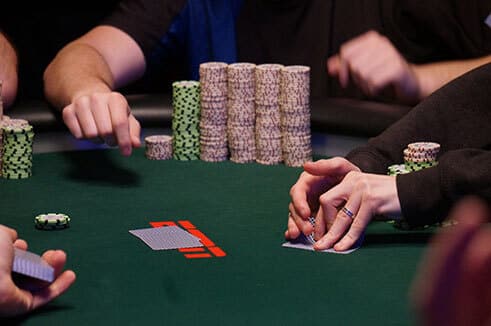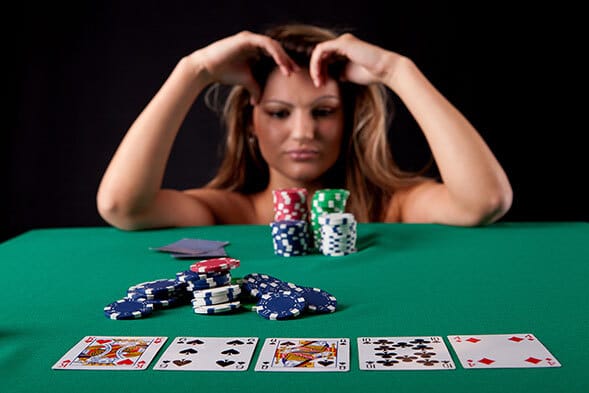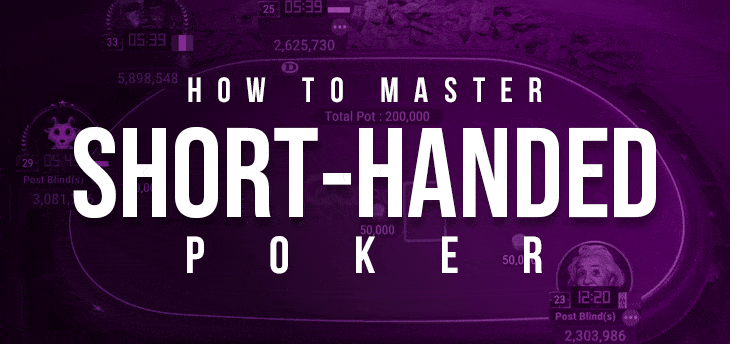When you’re sitting around a poker table, the clinking of chips echoing in your ears, the tension palpable, do you ever think to yourself, “Wow, there are just too many folks here”? Maybe it’s time for you to venture into the world of short-handed poker. When it comes to shifting gears from full table poker, short-handed poker can be a different kind of roller-coaster ride, blending adrenaline and strategy like no other. Today, we’re going to unpack the secrets of this thrilling game. Our primary keywords for today’s voyage are short-handed poker, aggressive play, and post-flop strategy. Ready to get those chips rolling? Let’s shuffle up and deal!
Understanding Short-Handed Poker: What’s the Big Deal?
If you’re new to the world of short-handed poker, it can feel as though you’ve stumbled into a foreign land. Why? The dynamics here are starkly different from your regular poker. In a nutshell, short-handed poker involves six or fewer players. When the player count drops, guess what rises? Yes, the action! Short-handed games are faster, more intense, and require a blend of skill and wit. So, why should you master short-handed poker? Well, for starters, it’s fun. Besides, mastering short-handed poker could be your ticket to expanding your poker repertoire, upgrading your skills, and, of course, growing your bankroll!
Aggressive Play: The Power Booster of Short-Handed Poker
Are you more of a play-it-safe, sit-back-relax-and-see-what-happens type of player? Well, in the land of short-handed poker, that strategy might leave you watching the action from the rail. The key to thriving in this arena? Embrace aggressive play.
Remember when you were a kid, and your parents told you not to fight for the last cookie in the jar? Well, you might want to forget that lesson here. When it comes to short-handed poker, it’s all about grabbing that metaphorical last cookie. Playing tight might work in a full-table game, but in a short-handed poker game, loosen up your starting hand requirements. Of course, don’t go playing every hand – you’re not on a mission to distribute your chips, after all. But be ready to jump into the action more frequently.

To illustrate, consider this example. You’re on the button with an K-8. In a full table game, this hand might not be very appealing. But in a short-handed game? This hand is worth more than a second glance, maybe even a raise.
Aggressive play doesn’t just mean playing more hands, though. It also means raising and re-raising when the opportunity presents itself. Why so? Two reasons: first, it’s a great way to keep your opponents on their toes; and second it will aid in win more pots. A passively played hand can become a gold mine with some well-timed aggression. However, remember, aggression is not a green card to recklessness. It’s all about calculated risks.
Post-Flop Strategy: The Key to Domination
After the flop, the game’s complexion can change dramatically. An astute post-flop strategy can be your make-or-break point in short-handed poker. So, what’s the secret sauce to succeeding with post-flop strategy?
First and foremost, get into your opponent’s head. Who are they? What kind of player are they? Are they as tight as a drum, or are they splashing chips around like they’re at a champagne shower? Understanding their game can help you predict their moves and plan your strategy accordingly.
Consider this scenario: you’ve got a decent hand, but you’re up against an aggressive player who has been raising like it’s going out of style. They make another one of their bold raises after the flop. Should you fold? Not necessarily. Understanding that their range could be wider, your decent hand might still be ahead. Remember, bluffing is an integral part of poker, and understanding the type of player can help you see through bluffs.
On the other hand, don’t overlook the power of a good bluff. A well-timed bluff can be a game-changer in short-handed poker. However, bluffing is like a good perfume – best used sparingly and never in excess.
Position: Your Secret Weapon in Short-Handed Poker
Remember that old adage, “Location, location, location?” It turns out, that’s not just true for real estate, but also for poker. In short-handed poker, your position at the table can have a massive influence on your game.
Being in a late position allows you to observe the other players’ actions before you have to make a decision. It’s like being able to see a glimpse of the future, and who wouldn’t want that? With this power, you can adapt your strategy according to the actions of your opponents.
For instance, if everyone before you has folded, you can raise more liberally, even with weaker hands, to steal the blinds. On the other hand, if there’s been a raise and a re-raise before you, you might want to tighten up and proceed with caution.

Patience: The Understated Virtue of Short-Handed Poker
Short-handed poker is a fast-paced game, no doubt. But that doesn’t mean you need to speed up recklessly. Remember the tortoise and the hare? Slow and steady can still win the race. It’s not about playing the most hands; it’s about playing the right hands at the right time.
In short-handed poker, it can be tempting to jump into every hand, particularly if you’re bored or impatient. Resist this temptation. Don’t throw your chips around recklessly. Every chip counts, so make them work for you. Keep your aggression focused, your strategy sharp, and your patience intact.
Your Path to Short-Handed Poker Success
In the world of short-handed poker, becoming a master doesn’t happen overnight. It requires understanding the game dynamics, embracing an aggressive play style, honing your post-flop strategy, leveraging your table position, and cultivating patience. Are you ready to shuffle up, dive into the thrilling waters of short-handed poker, and come out swimming? The world of short-handed poker is a wild ride, full of tension, excitement, and chip-clinking action. Ready to join the action? Your poker journey awaits!




